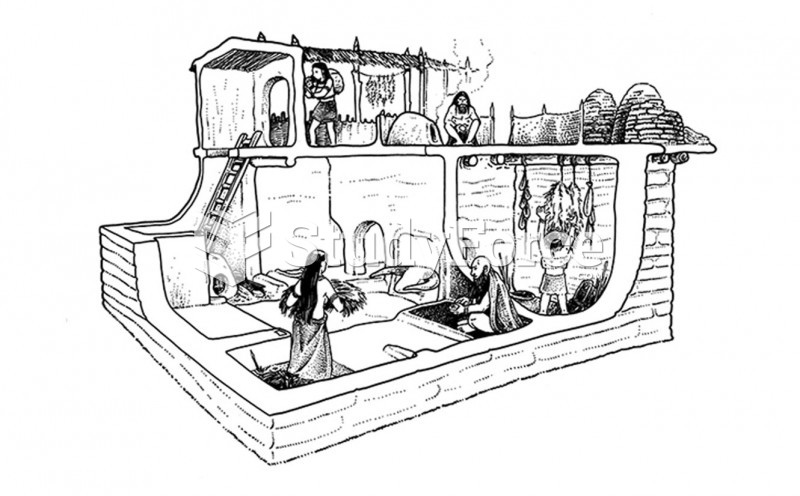Answer to Question 1
Answer:
A. Various ways bills can be stalled
1. Pigeonholing: committee decides set a bill aside to stall it or not to consider the bill effectively killing it in committee
2. Bills come out of committee
a. house: Calendars Committee can stall a bill by its placement on the calendar or rearrangement of the order
3. Floor action
a. house: regulates debates, no filibusters
1. chubbing: tag teaming a bill during a debate so all members use all their time to stall a bill on the floor
2. slows down debate and effective stalling technique
3. used at end of session to go past time limit for bill
b. senate: more relaxed debate
1. filibuster: senators can talk endlessly to stall a bill
2. crucial near end of session
4. Bill must go through other chamber through all the rites again unless identical versions of the bill are presented to both chambers
5. Bills can get bogged down in committee as well
Answer to Question 2
Answer:
A. Conference committee formed by appointing five representatives and five senators
1. temporary special committee
2. appointed by presiding officers
3. job is to iron out differences between house and senate version of a bill
a. routine part of legislative business
b. both sides compromise
c. work usually done at the end of the legislative session
B. Committee operation
1. holds the fate of every piece of legislation
2. legislators spend more time in committee than anywhere else
3. members of committee
a. committee chairs: oversee, organize, preside and usually friend of presiding officer
b. subcommittees: divide the labor to study bills and provide recommendations to the full committee
c. committee staff: research, clarify and help keep track of agenda, support the legislators
4. Committee operation
a. chairs decide order which bills are dealt with
b. Texas Open Meeting Law: public announcement of committee hearings that allows individuals to offer testimony
c. mark-up: go through with a fine tooth comb and make changes
d. majority vote in committee takes bill to floor







